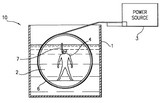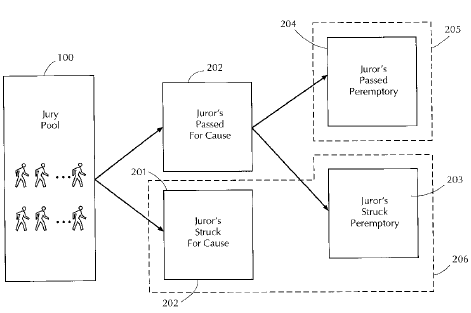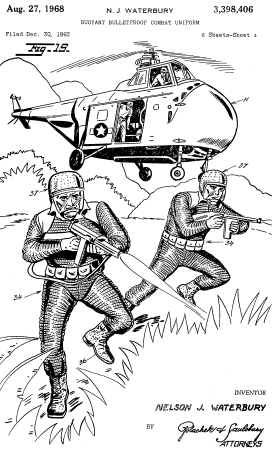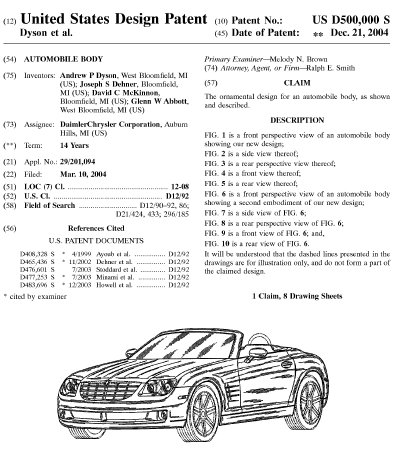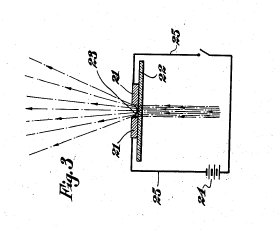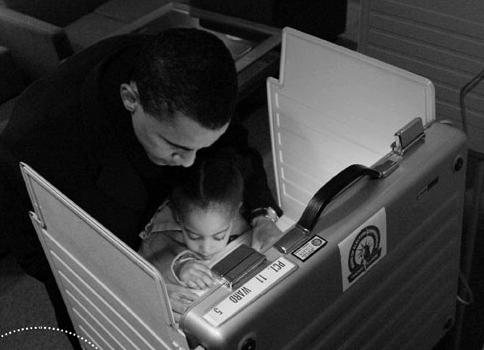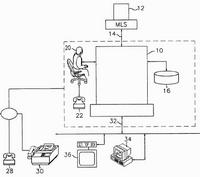
Judge Arthur Gajarsa noted that his wife often squeezes together the sides of their child’s peanut butter and jelly sandwiches to keep the filling from oozing out. “I’m afraid she might be infringing on your patent!” he said.
Smuckers is appealing the USPTO’s rejection of its patent application on its crustless sandwich making process. Smuckers already holds one patent on the technology, but is hoping to capture a broader claim-set with this appeal.
A decision is expected within about four months.
Links:
-
CBS Evening News: scroll down to ‘Peanut Butter Politics.’ (Thanks to Jonathan Krit at Emrich & Dithmar).
-
WSJ Article. (Thanks to Kevin Heller at www.TechLawAdvisor.com).

 federal courts that have offended IPO members by denying or refusing to enforce patents. Money saved by cutting these unnecessary government jobs can be used to create a federal program to subsidize businesses known at “patent trolls,” in order to increase patent licensing income and strengthen the U.S. economy. (IPO April 1 Special Report).
federal courts that have offended IPO members by denying or refusing to enforce patents. Money saved by cutting these unnecessary government jobs can be used to create a federal program to subsidize businesses known at “patent trolls,” in order to increase patent licensing income and strengthen the U.S. economy. (IPO April 1 Special Report).